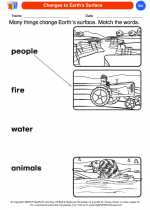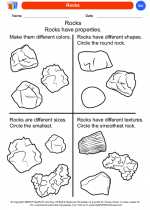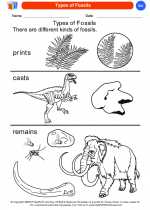Neuron
A neuron is a specialized cell that transmits information throughout the body. It is the basic building block of the nervous system and is responsible for receiving, processing, and transmitting electrical and chemical signals.
Structure of a Neuron
A neuron has three main parts:
- Dendrites: These are the receiving end of the neuron. They receive signals from other neurons and transmit them to the cell body.
- Cell Body: Also known as the soma, the cell body processes the signals received from the dendrites.
- Axon: This is the long, tail-like part of the neuron that transmits signals to other neurons, muscles, or glands.
Types of Neurons
There are three main types of neurons:
- Sensory Neurons: These neurons carry signals from the sensory organs to the brain and spinal cord.
- Motor Neurons: These neurons carry signals from the brain and spinal cord to the muscles and glands.
- Interneurons: These neurons communicate between sensory and motor neurons, and are primarily found in the brain and spinal cord.
Function of Neurons
Neurons communicate with each other through electrical and chemical signals. When a neuron receives a signal, it generates an electrical impulse that travels along the axon. At the end of the axon, the signal is transmitted to the next neuron through chemical messengers called neurotransmitters.
Study Guide
Here are some key points to remember about neurons:
- Neurons are specialized cells that transmit information throughout the body.
- They have three main parts: dendrites, cell body, and axon.
- There are three main types of neurons: sensory, motor, and interneurons.
- Neurons communicate through electrical impulses and neurotransmitters.
Understanding the structure and function of neurons is fundamental to understanding how the nervous system functions.
.◂Science Worksheets and Study Guides Kindergarten. Our Earth

 Coloring Worksheet
Coloring Worksheet
 Coloring Worksheet
Coloring Worksheet
 Coloring Worksheet
Coloring Worksheet
 Coloring Worksheet
Coloring Worksheet
 Coloring Worksheet
Coloring Worksheet
 Coloring Worksheet
Coloring Worksheet
 Coloring Worksheet
Coloring Worksheet
 Coloring Worksheet
Coloring Worksheet
 Coloring Worksheet
Coloring Worksheet
 Coloring Worksheet
Coloring Worksheet
 Coloring Worksheet
Coloring Worksheet
 Coloring Worksheet
Coloring Worksheet
 Coloring Worksheet
Coloring Worksheet
 Coloring Worksheet
Coloring Worksheet
 Coloring Worksheet
Coloring Worksheet
 Coloring Worksheet
Coloring Worksheet
 Coloring Worksheet
Coloring Worksheet
 Coloring Worksheet
Coloring Worksheet
 Coloring Worksheet
Coloring Worksheet
